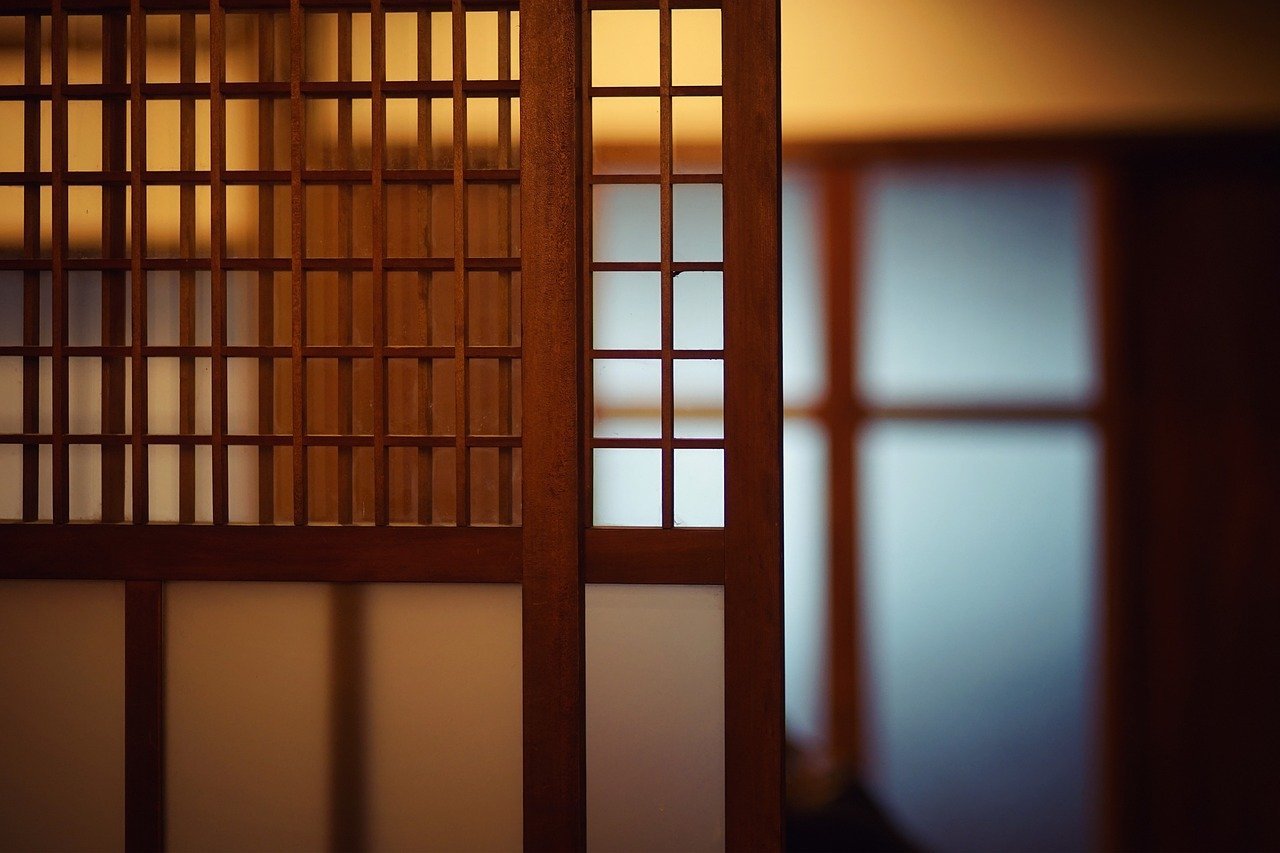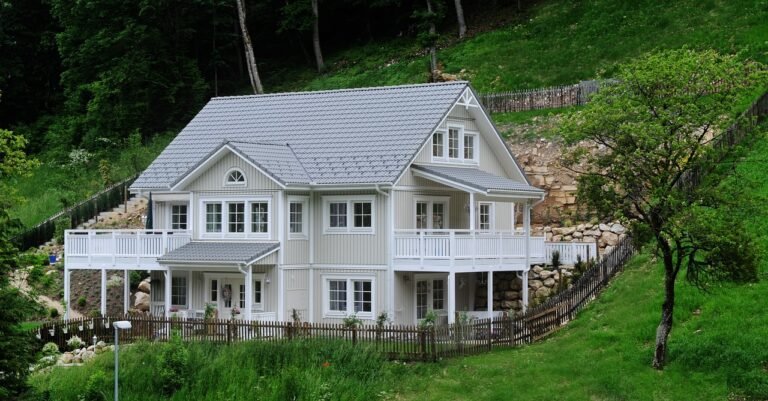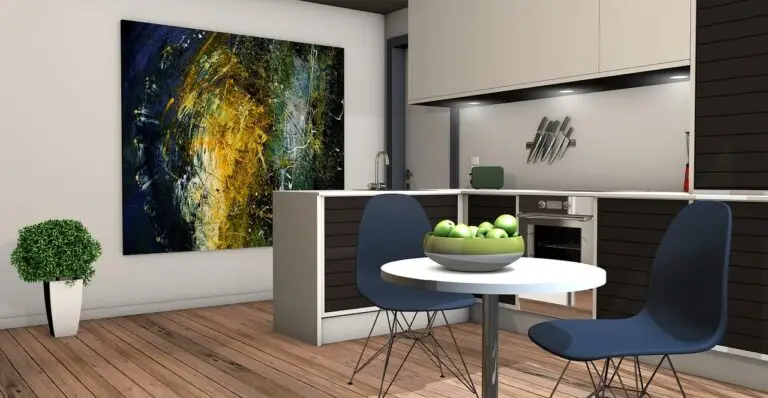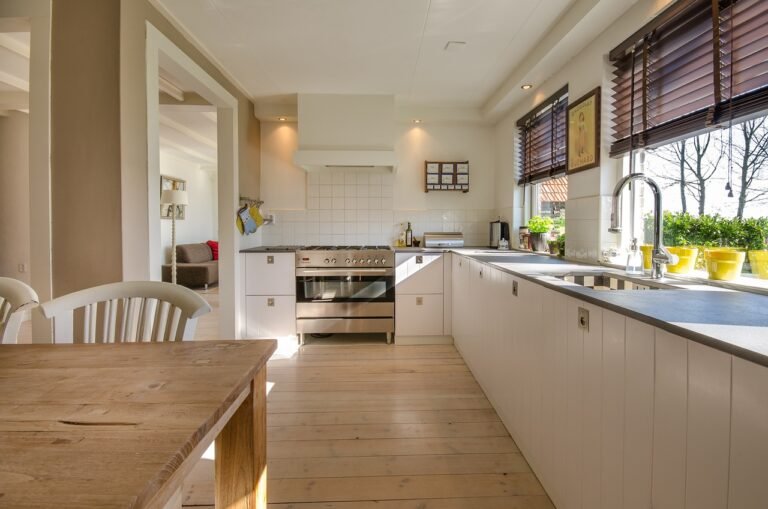How We Built a Hidden Room: Secrets Unveiled
We crafted a secret room by cleverly modifying existing space in our home. This hidden sanctuary offers a private retreat and enhances home security.
Creating a hidden room in your house can be a thrilling task that mixes creativity with practicality. It’s a area that’s tucked far away from the standard foot traffic, presenting a unique vicinity for relaxation or storing valuables. Our journey in building this covert room involved meticulous planning and clever design choices to ensure the room remained undetected while being fully functional.
By repurposing a closet, underneath-staircase area, or a seldom-used region of the home, we included an unbroken entrance that blends with the encircling interior. This mission no longer simplest added a detail of surprise to our dwelling area but also extended the general price of the assets. The process requires attention to detail, a bit of ingenuity, and a clear vision to create a room that’s both concealed and accessible.
The Lure Of Hidden Spaces
The allure of hidden areas has usually captivated imaginations. Secret rooms evoke a experience of thriller and adventure, regularly observed in memories of historic castles and grand mansions. Our hidden room project was born from this cultural fascination. It’s a space that whispers stories of hidden treasures and private retreats.
We drew inspiration from historical legends and modern pop culture. Think of the Batcave or the hidden passages in Hogwarts. Such iconic references sparked our creativity. Our team wanted to create a unique space that combined practicality with the wonder of a concealed sanctuary. It was crucial that our hidden room remained undetected while offering a special escape within a home.
Initial Blueprints And Design
Finding the perfect location for a hidden room requires careful thought. We looked at several factors to ensure both stealth and functionality. The area must be easy to access but not obvious to guests. We considered spaces behind bookshelves, under stairs, and even within walls. Each option had its own unique advantages.
Our final choice was an area behind a false wall in the living room. This spot was ideal because it was central yet unnoticed. We made sure the entrance was well-disguised and blended seamlessly with the room. The design also included soundproofing to keep the room’s existence a secret.
Navigating Legal Requirements
Creating a hidden room in your home is an exciting project. First, it’s vital to understand building codes relevant to your location. These codes ensure safety and compliance with structural standards. Next, obtaining the necessary permits is a crucial step. Without them, you risk potential fines and may have to dismantle your work. Contact your local building authority for guidance on permit applications. They will provide details on the specific requirements for creating a hidden space in your home.
Gathering The Right Team
Building a hidden room requires a team with diverse skills. Selecting skilled contractors is crucial for the a hit crowning glory of one of these venture. It is vital to pick professionals who are not only adept in their respective trades however additionally fee discretion.
Contractors with revel in in custom builds have a tendency to be more able to be tackling the specific demanding situations a hidden room gives. They should understand the significance of keeping the secrecy of the room at some stage in and after production. Each crew member is handpicked for his or her know-how, trustworthiness, and commitment to confidentiality.
Material Selection For Secrecy
Building a hidden room needs careful material selection. The goal is to keep it secret and safe. Soundproofing is key. It keeps noises in and out. This means people outside can’t hear inside. And people inside can’t hear outside noises. Insulation also plays a big part. It controls temperature and adds extra secrecy.
Choosing discreet building materials is also crucial. These materials should blend with your house. They shouldn’t stand out. This way, the hidden room stays a secret. Some materials look like regular parts of a house. Like a bookshelf that is actually a door. Or wall panels that match the rest. This keeps the room hidden from view.

Innovative Access Mechanisms
Creating a hidden room often involves innovative access mechanisms. These can range from bookshelves that swing open, to walls that seamlessly slide apart. The key is blending these entrances with the surrounding environment for a seamless look.
High-tech solutions include fingerprint scanners or retinal scans to ensure secure access. Traditional methods may use mechanical triggers, like a pull-down torch or a movable brick. Each method has its unique charm and security level.
| Access Type | Examples |
|---|---|
| Traditional | Book lever, Hidden keyhole |
| High-Tech | Biometric lock, Voice recognition |
Integrating Technology And Security
Smart home technology elevates the hidden room’s functionality. We incorporated state-of-the-art security systems to ensure total privacy. Our team selected user-friendly devices that blend seamlessly into the room’s design. These gadgets can be controlled via smartphone for added convenience.
Privacy concerns are paramount in a hidden room. We installed motion sensors and surveillance cameras with remote monitoring capabilities. Access to the room is secured with biometric locks, ensuring only authorized entry. All data is encrypted for security.
The Final Reveal And Reflection
The hidden room journey was thrilling. It felt like a secret world inside our home. We used a bookshelf that moved to reveal the space. This made it feel like a scene from a movie. Kids and guests loved the surprise.
Lessons learned were many. First, planning is key. Every detail matters in creating a hidden room. We also learned the importance of good lighting inside. It made the room cozy and welcoming. Choosing the right hinges for the bookshelf was crucial. They needed to be strong but easy to move.
Working together as a family brought us closer. We solved problems and made decisions together. It was a project full of learning and fun.
Frequently Asked Questions
What Materials Are Needed For A Hidden Room?
Building a hidden room typically requires structural materials like wood or steel, drywall, paint, and hidden hinges or sliding mechanisms for concealed entry.
How Do You Ensure A Hidden Room Is Safe?
Safety in a hidden room is paramount. It should adhere to building codes, have proper ventilation, and include a secondary exit for emergencies.
Can Hidden Rooms Add Property Value?
Yes, hidden rooms can add a unique feature to your property, potentially increasing its marketability and value to buyers looking for distinctive home elements.
Conclusion
Crafting a hidden room has been an adventure, both challenging and rewarding. Our journey, filled with practical tips and creative insights, hopefully inspires your own secret space. Remember, every home holds potential for that unique hideaway; it’s all about vision and execution.
Start planning, and transform your dream into a hidden haven today.








fOD SmsYL MjbcP RPBI cvPfAa SVDSesUf dsd